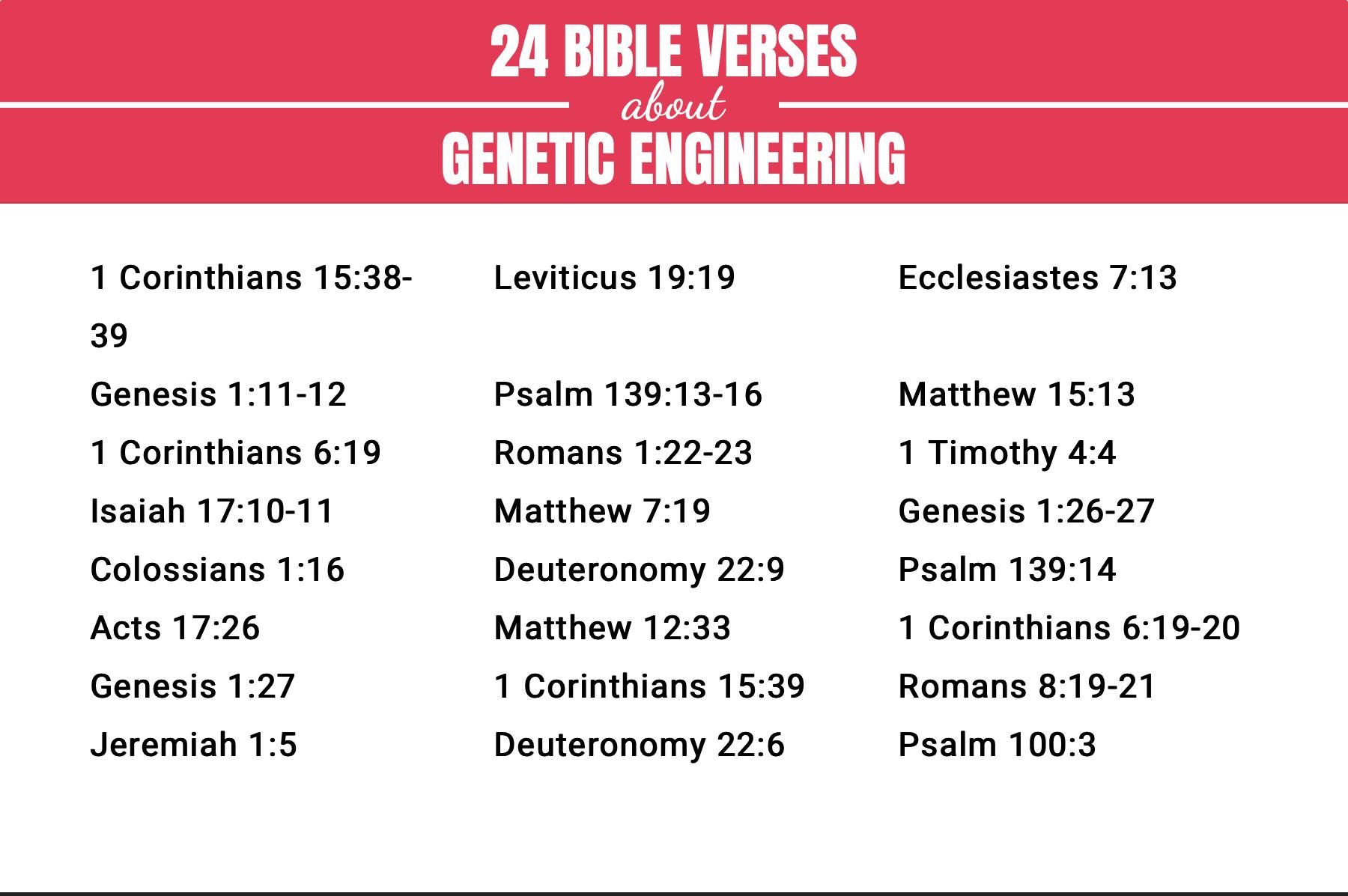I just heard an excellent BloggingHeads talk between Robert Wright and David Plotz (whose Blogging the Bible series is the inspiration for my strangely-similarly-named series). The talk was about David publishing his Blogging the Bible as a book. David noted that there are lots of very weird stories, even in books we think we’re familiar with since their stories have circled the popular imagination (eg. Genesis). Gen 30 is a great example. [NOTE: The story is pretty unclear. Many commentators differ on what actually happened. This is my flawed reading]

Jacob’s just finished serving his uncle Laban for 12 years for the privilege of marrying Laban’s daughters Leah and Rachel. Now he wants to go home, and wants compensation for tending Laban’s flocks so well. He proposes an alternative to payment: Laban is to give him the unusually coloured animals from his flock (speckled, brown etc). Laban agrees, presumably because these are recognised as being inferior. However he’s also a great schemer. To minimise Jacob’s reward even more, he takes all the speckled animals away (to be pastured far from Jacob), leaving a perfectly white flock for Jacob to tend. Nice, huh?
Rather than praying for a miracle, Jacob gets to work. He places speckled rods near the watering troughs. The animals mate at the troughs and the ones that looked at the speckled rods when mating have speckled offspring. He then gets back at Laban in a nice counterstrike, placing the rods only before the eyes of the best animals. So after a while there are lots of speckled animals (that are also the choicest!) him to keep. Leaving his uncle with but the meanest dregs.

The story is probably the earliest record of artificial selection on livestock, with a repeated, methodical process of selective breeding and an understanding of basic inheritance (Laban knows how few speckled sheep will be produced by the flock once he “cleaned” it). But it also contains a bit of folk wisdom we don’t subscribe to: that looking at something whilst having sex influences the offspring. (And in a direct way too: speckled rods = speckled sheep.) There are a few ways for to get out of this:
- Plain denial (“of course looking at something while mating influences the offspring!”)
- It was a miraculous intervention by God to increase Jacob’s flock
- Natural laws have changed since Biblical times (several Talmudic commentators say this, at least for other stories)
- The story is symbolic (of what?!)
The miracle explanation is the nicest, being consistent. But the actual author treats the story in a very naturalistic way. God isn’t mentioned at all, and the language suggests this as an example of Jacob being exalted for his knowledge and cunning. Whilst this may undercut a pious reading of the story it also brings out the story’s strength.
The Bible’s an anthology documenting how a few related cultures made sense of the world over several thousand years. Is it surprising that it contains their science, their version of “genetic engineering”? Rather than laughing at how silly their theories were, this story makes me admire people’s curiosity and desire to explain the world systematically — even in a time that we usually (and rightly) associate with superstition.




0 Comments